Ever have a problem with getting started with a project? I find that as I get better at doing something, the harder it is to continue. After a bit of introspection, I realized that this is a key symptom of “aspiration paralysis”. As I get better and more confident, my natural inclination is to expect more from myself. And, this has the opposite effect on productivity. The better I get at doing something, the harder it is to continue moving forward.
In this article, I explore the challenge that many individuals in creative fields face with their ambitious and often lofty aspirations. For the sake of progress and personal well-being, I contend that many of us, including miniature painters, artists, and writers, should temper our expectations. For the miniature painter, the artist, the writer, unrealistic expectations are a roadblock.
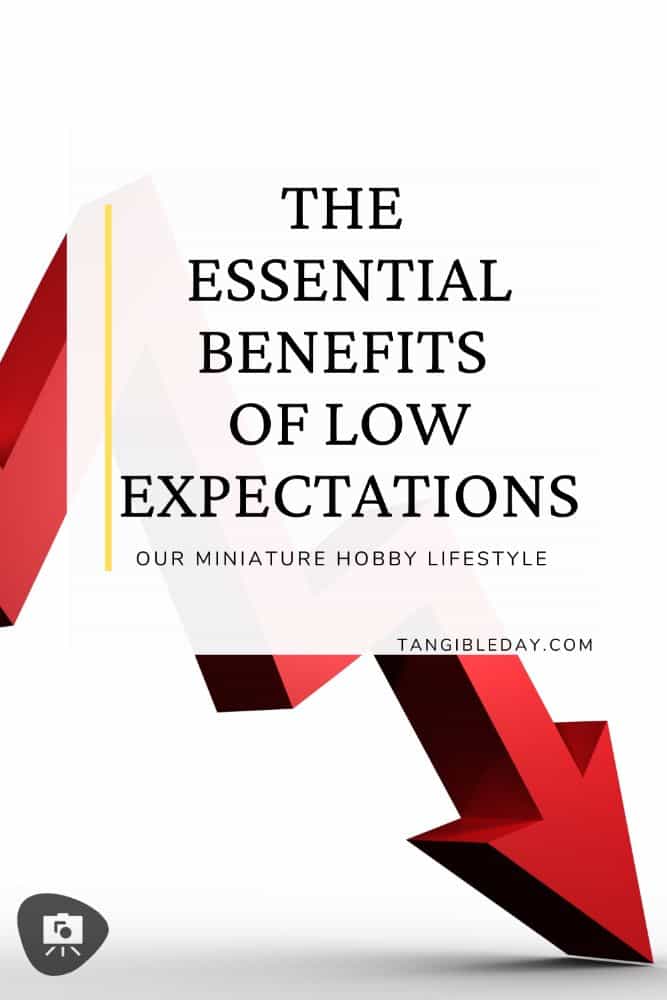
Key Points
- Higher skill increases expectations, hindering creativity.
- Unrealistic goals stifle creativity, causing fear and stress.
- Pursuit of greatness can make creation burdensome.
- Lowering expectations aids skill growth and prevents burnout.
- Choose joy over perfection.
The Creator’s Paradox: Why We Get Stuck!
A seemingly absurd proposition that when investigated may prove to be true.
Dictionary (paraphrased)
So, you like making things. I paint, I draw, and I write. These are all creative endeavors. I wake up in the morning and often think to myself: What will I spend my energy on today?
I love thinking about why things are the way they are. I’m driven by the beautiful process of taking a “thought” and trying to make it real. In the miniature painting hobby, for example, I wonder how certain colors seems to fit together; a color harmony of sorts, that makes a piece of art “work well”.
Of course, when I first jump into such a project, I’m all-in. I don’t think about the result so much as what I’ll discover by doing the thing. Putting a paint brush on a blank canvas is exciting, and my curiosity takes over. There’s no need to push myself or concern myself of the outcome.
I just do.
Here’s the problem…After a While.
Yet, as I get better and learn, I often try to master said creative effort. I start to fall in love with the object of my creation. Even though I start the project with the fire of discovery, my logical brain starts taking over.
My mind’s eye crafts a vision of what the end result should be. I want this effort and outcome to be perfect.
And, because I’ve increased my knowledge, my skill, the expectations naturally increase. That is the problem.
Expectations leads to stress. Stress leads to a degradation of freedom, and then death cometh for creativity.
The Trap of High Expectations: Suffocating Creativity
Expectation. It’s a monster we create ourselves or feed from others. This is not just a metaphor. High expectations and the accompanying stress can literally kill creativity.
If I were to think of the stress of expectation as a disease, here’s the progression:
1. The Fear Path
In the world of high expectations, failure becomes a terrifying prospect. Instead of dancing with ideas, our minds become shackled, fearing the unconventional. The narrow fear path dictates the steps, and creativity withers.
2. A Stress Barrier
The mind is like a bustling city, and stress is the traffic jam, clogging the free flow of ideas. Creative thinking needs space to breathe. But high expectations can suffocate it, leaving no room for innovation. Placing unrealistic expectations upon yourself is psychological asphyxiation.
3. A Degradation of Joy
High expectations often shift the compass from passion to pressure. What once was a joyful exploration of possibilities becomes a forced march towards a distant goal. The intrinsic love for creation becomes lost, buried under the weight of external demands.
4. Isolation
In a race to meet lofty goals, collaboration can become a casualty. The very exchange of ideas that fuels creativity can dry up, turning vibrant brainstorming sessions into a desolate landscape of isolated thoughts.
5. Terminated Play
Remember playing with building blocks as a child? Or, that simple pleasure of starting a new miniature painting project? That sense of play and experimentation is at the heart of creativity. But high expectations turn this playground into a battlefield. Each step becomes a tactical decision, calculated, and weighed against the possibility of failure. That whimsical joy of creation is replaced by a clinical tedium.
Bottomline: As a miniature painter, I’ve felt the weight of lofty expectations stifling creativity. My own desire “to achieve greatness” can transform what should be a joyful process into a burden.
My goal remains to nurture that spark of artistic liberty, prioritizing the delight of creation over excessive and unrealistic expectations. Read on to find out some of my practical insights and strategies that could be useful in your own artistic journey.
10 Artistic benefits of Low Expectations
It’s kind of a paradox. We want to be great artists. We want to paint miniatures, create works that enthrall others, ourselves, and simply make things that we proud of. Our hobbies are an extension of ourselves after all, and any artwork we make is a reflection of what we think and feel.
This paradox comes in when the reality of life sets in. We don’t have infinite time or money to devote to our hobby pursuits, so how can we create something that will be long-lasting and memorable? The key is to think less of the result and more on the process itself.
Here are reasons for why lowering your expectations is good for you!
I’ll use examples from the hobby of miniature painting, e.g., Warhammer 40k, Age of Sigmar, Warmachine/Hordes, since that is what I’m most familiar with.
1. Skill Development

Miniature painting is a highly detailed craft. Starting with more modest goals allows for the gradual development of skills, which can lead to more refined work over time.
2. Avoiding Burnout

Setting too high expectations can lead to frustration and burnout. Lowering expectations helps in maintaining a balanced approach that encourages continued enjoyment of the hobby.
3. Creative Exploration

Lower expectations allow for more experimentation. You’re free to try new techniques and learn from mistakes without the pressure of achieving perfection.
4. Individual Pace

Not everyone progresses at the same rate. Lowering expectations allows individuals to grow at their own pace, fostering a more personalized and rewarding experience.
5. Materials and Tools
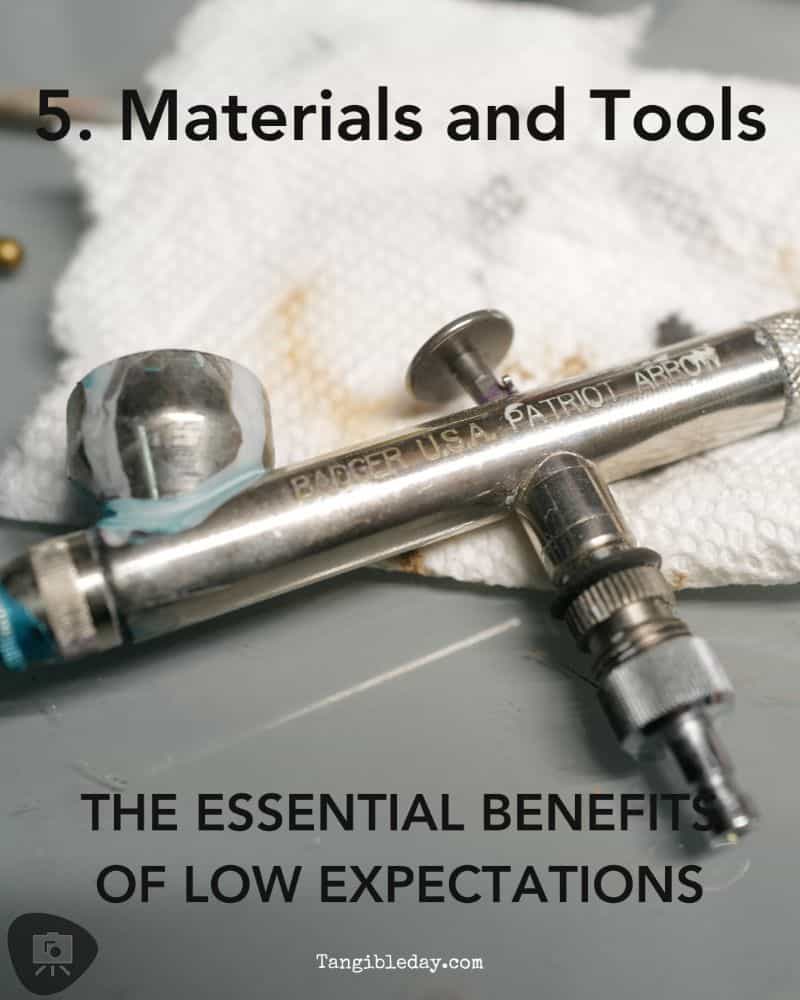
High-quality paints, brushes, and tools can be expensive. Starting with lower expectations allows for the use of more accessible and affordable materials as one learns and grows in the hobby.
6. Encouraging Newcomers
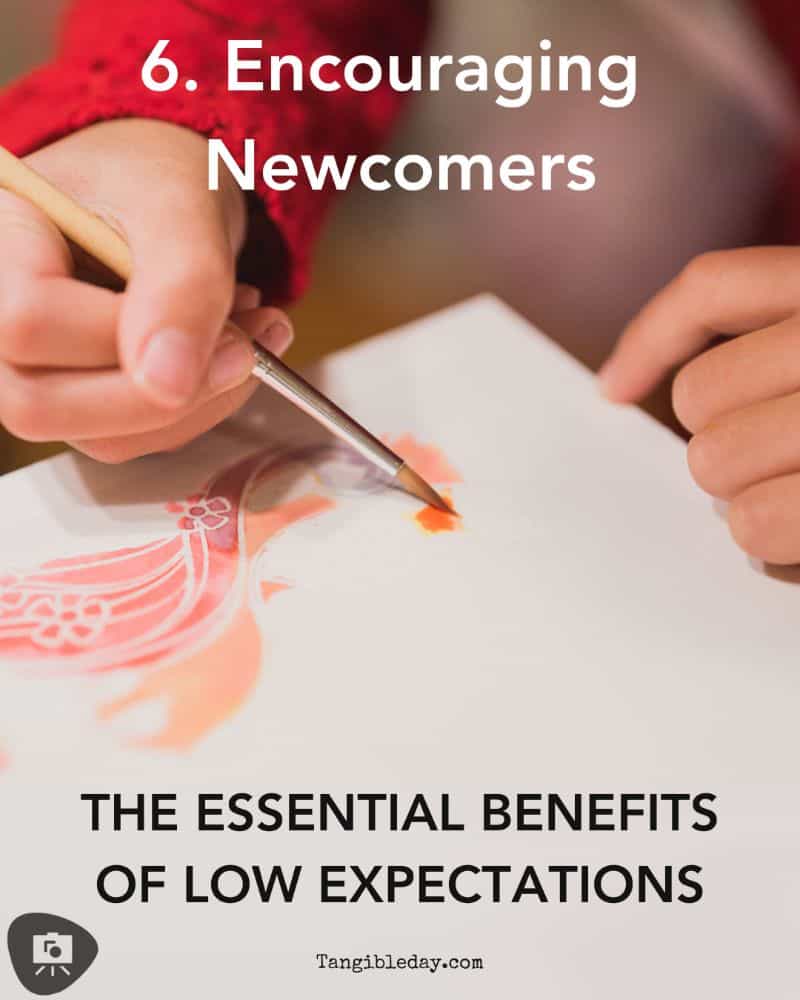
For those new to the hobby, unrealistic expectations can be discouraging. A more relaxed approach makes the craft more approachable and can foster a welcoming community.
7. Enjoyment of Process

Focusing less on the end result and more on the process of painting can enhance the overall enjoyment of the hobby. It allows for a more mindful and meditative experience.
8. Collaboration and Sharing

Lowering expectations can foster a more collaborative environment where hobbyists share techniques, learn from one another, and grow together without competitive pressure.
9. Time Management
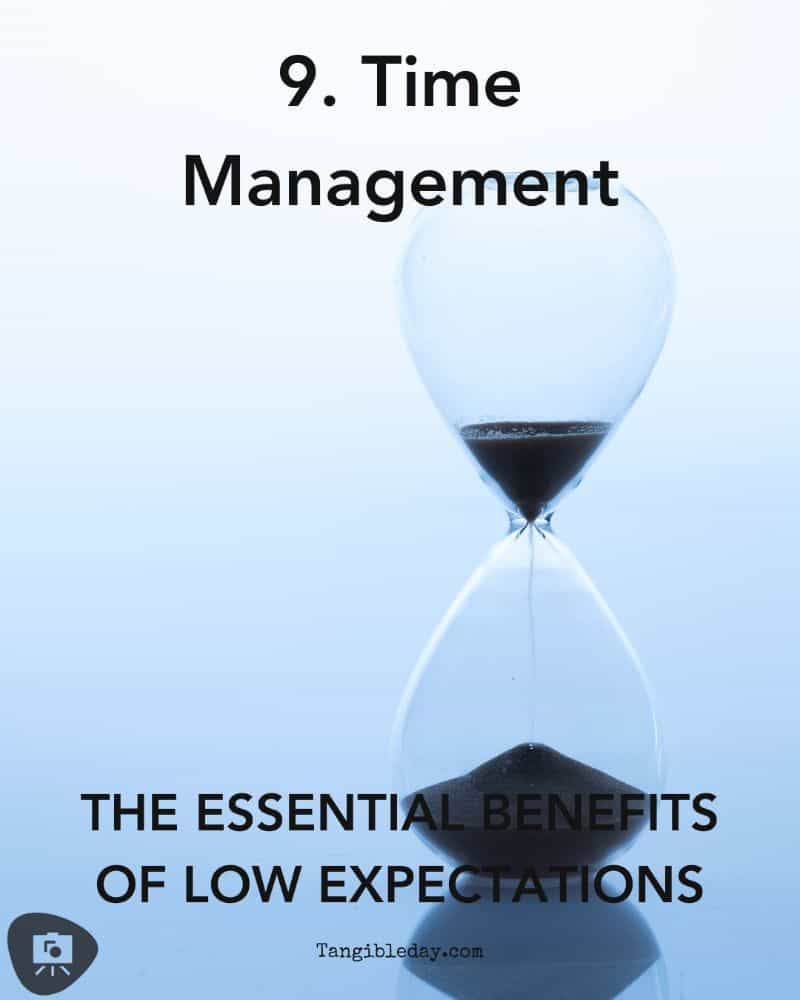
Miniature painting can be time-consuming. Setting realistic expectations helps in managing time more effectively, aligning the hobby with other life commitments.
10. Personal Satisfaction
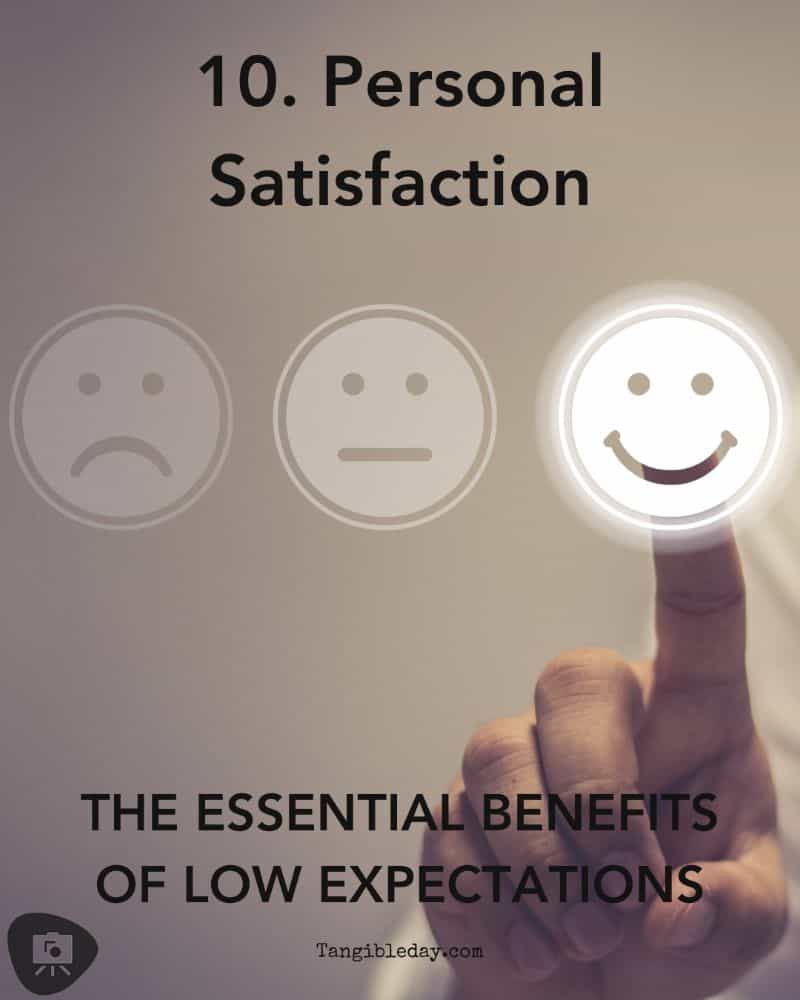
Ultimately, the joy of painting miniatures comes from personal satisfaction. Lowering expectations aligns the process with personal goals and values, rather than external standards or comparisons with others, leading to a more fulfilling experience.
Fear of Failure is Not Failure
The universal problem for most artistic people is fear. We are fearful of so many things.
Fear of failure, fear of not being good enough, and fear of what others think. Fear can be a powerful motivator but it can also paralyze us if we let it take over.
The key is to recognize these fears as just that—fears—and not let them get in the way of our creative process.

It’s ok to make mistakes and it’s ok to fall short of our expectations. It doesn’t mean that we have failed, it just means that we can learn from this experience and use it to strive for better results next time.
Whenever I’m stuck at the blank page, the unpainted plastic model, I have to repeat to myself that failure is an illusion I create in my head space.
While it’s easier said than done, when I remind myself that it’s fear stopping me from doing things, I actively turn off my brain, like a switch. I just do.
Breaking the Cycle of Expectations
The cycle of expectations can stifle creativity in an instant. It can start innocently enough, but quickly spiral out of control, leading to frustration and fatigue.
One thing I’ve found helpful is taking a step back from my work on occasion. Looking at it from different perspectives helps me understand what went wrong and how I can improve upon it.

In a way, this is a form of self-coaching. Breaking the cycle requires recognizing that failure is not an end result, but rather, a part of the creative process that should be embraced.
By learning to accept and forgive ourselves for our shortcomings, we can liberate ourselves from the confines of expectations from ourselves and others (the worst).
Final Word
In the pursuit of artistic and creative endeavors, whether it be miniature painting, writing, or any other form of expression, the self-imposed weight of expectation can often inhibit rather than inspire. The revelation that high expectations can stifle creativity leads us to an invaluable understanding: embracing the pleasure of the process can be more fulfilling than obsessing over perfection.
The notion of lowering expectations is not a call to mediocrity, but an invitation to rediscover joy, experimentation, and personal growth within our chosen crafts. It fosters a landscape where failure is not a dead end but a learning curve, and where the journey becomes as significant, if not more so, than the destination.
As we temper our ambitions with realism, we unlock the doors to creativity, collaboration, and contentment. The challenge and beauty of the creative process lie in its unpredictability and our ability to adapt and evolve. By prioritizing the delight of creation over excessive and unrealistic expectations, we align ourselves with what truly matters—the pure satisfaction of making, learning, and enjoying the art of creativity.
So, the next time you find yourself stalled by aspiration paralysis, remember to focus on the joy of doing, rather than the pressure of achieving. Your creativity will thank you.
I hope you enjoyed this article. Please let me know your thoughts? Leave a comment below!
Until next time, be fearless, keep creating! ❤️🔥



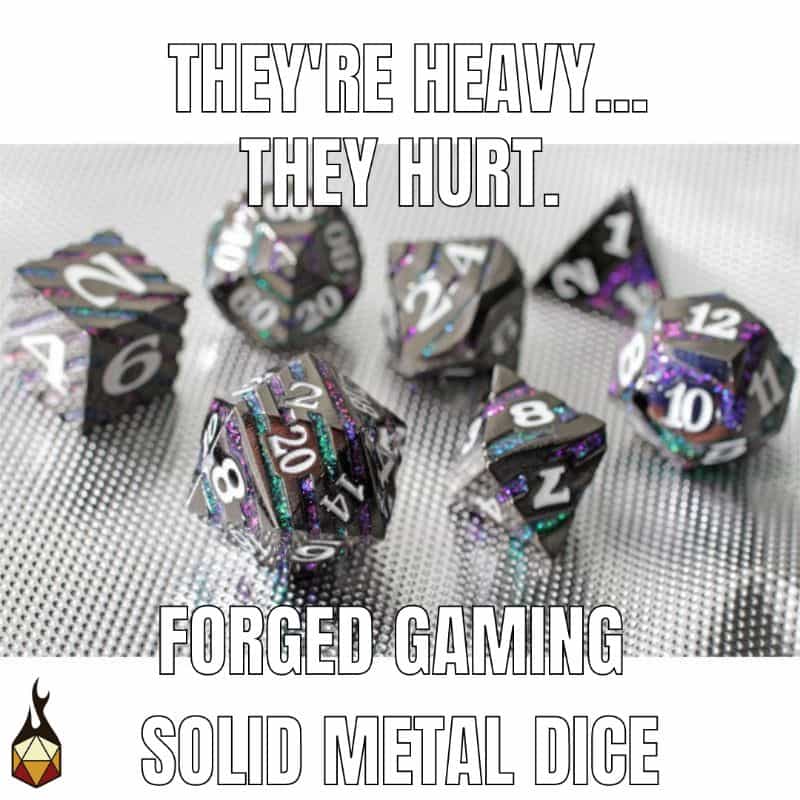

Tangible Day on YouTube (Miniatures and More!)

Pingback: Embracing Imperfection: A Guide to Overcoming Perfectionism in Miniature Painting - Tangible Day